How to grow a lemon tree
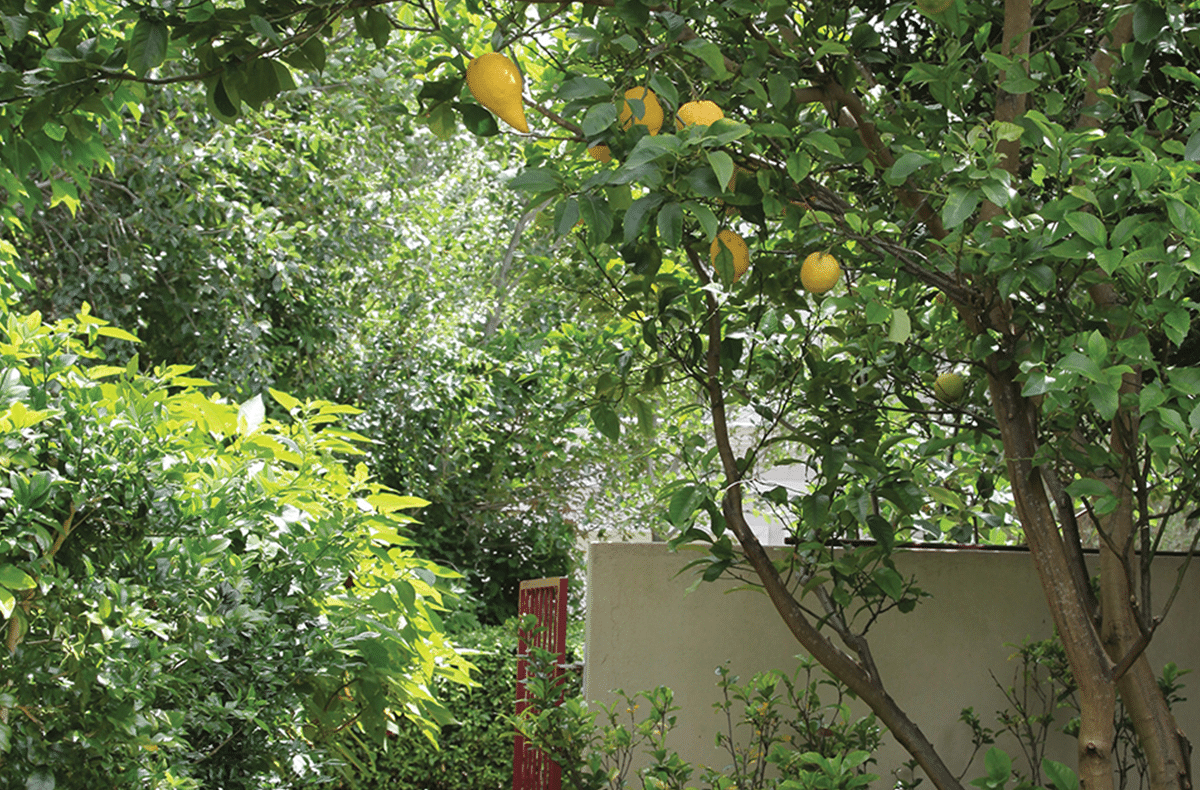
Every garden needs at least one lemon tree. Here’s how to grow them successfully.
Lemons are wonderful for cooking and household purposes. Lemon zest (grated rind) adds a wealth of flavour to many dishes, as does the juice, which also has magical cleaning properties.
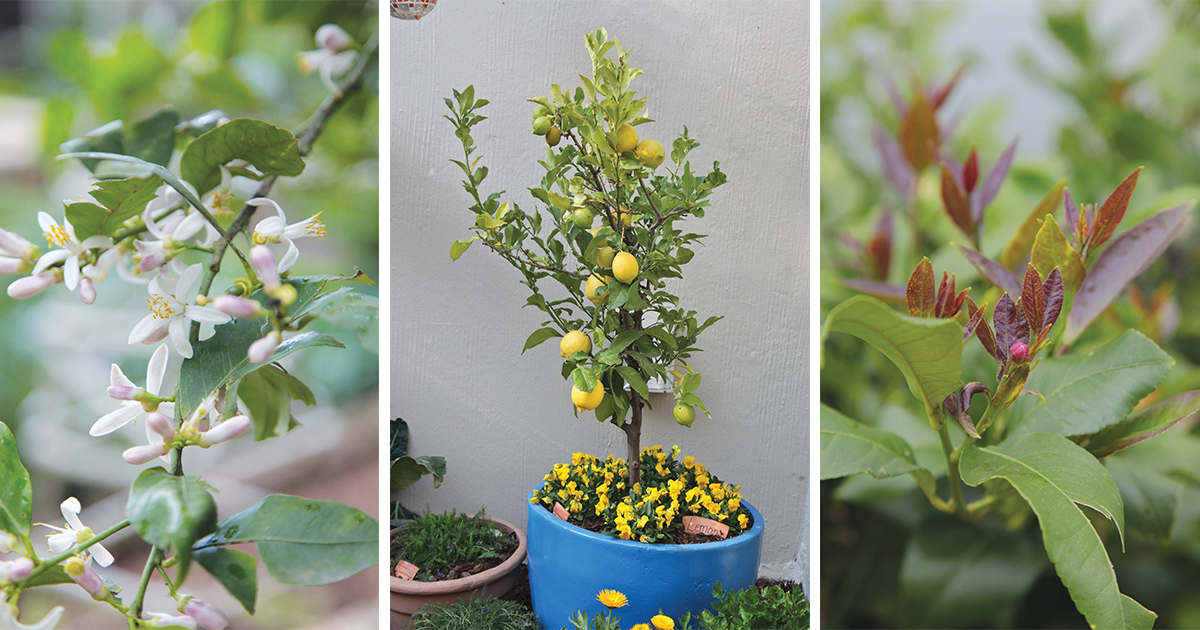
A well-tended lemon tree will provide an abundance of fruit for months on end. They flower and fruit on and off through the seasons, but spring is the main flowering period. Even if you don’t like lemons, it’s worth having a tree just for the heavenly scent of the flowers! Here’s all the advice you need to grow your own tree.
SELECTING THE RIGHT TREE
Most lemon trees are grown by taking a bud from one lemon tree and grafting (attaching) it to another lemon tree. This ensures trueness to type and early maturity – so young trees bear fruit – as well as disease resistance, among other benefits of this method. Buy your tree from a well-known nursery and choose a strong, healthy one. Young trees should be straight, with lush green foliage and no signs of pests or disease. Make sure that they are not root bound in their nursery container. There should be a balance between the size of the tree and the container that it’s growing in.
Related article: How to replant seeds from food scraps
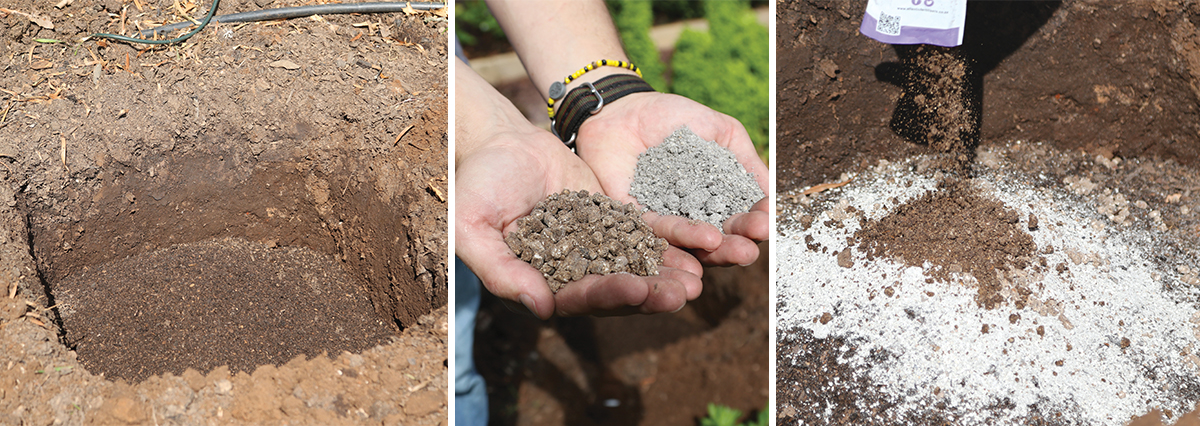
PLANTING THE TREE
Lemon trees need a full-sun position in the garden. It’s best to plant them directly into the ground, but they can grow in large pots or containers for a few years (they will lose condition once their roots become pot bound, so they need lots of soil). Planting holes must be well prepared – there is no point in planting a good lemon tree into a small hole in poor soil.
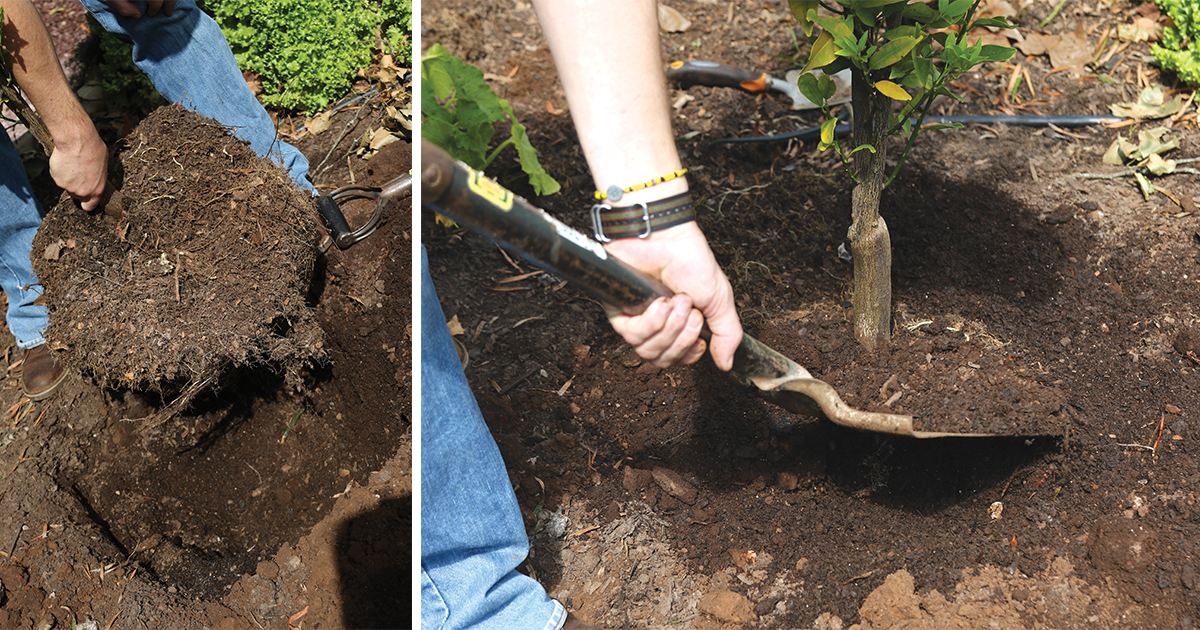
Once done, water thoroughly. Continue watering well every four to six days for the first three months after trans- planting (the period and amount of water depends on the weather conditions).
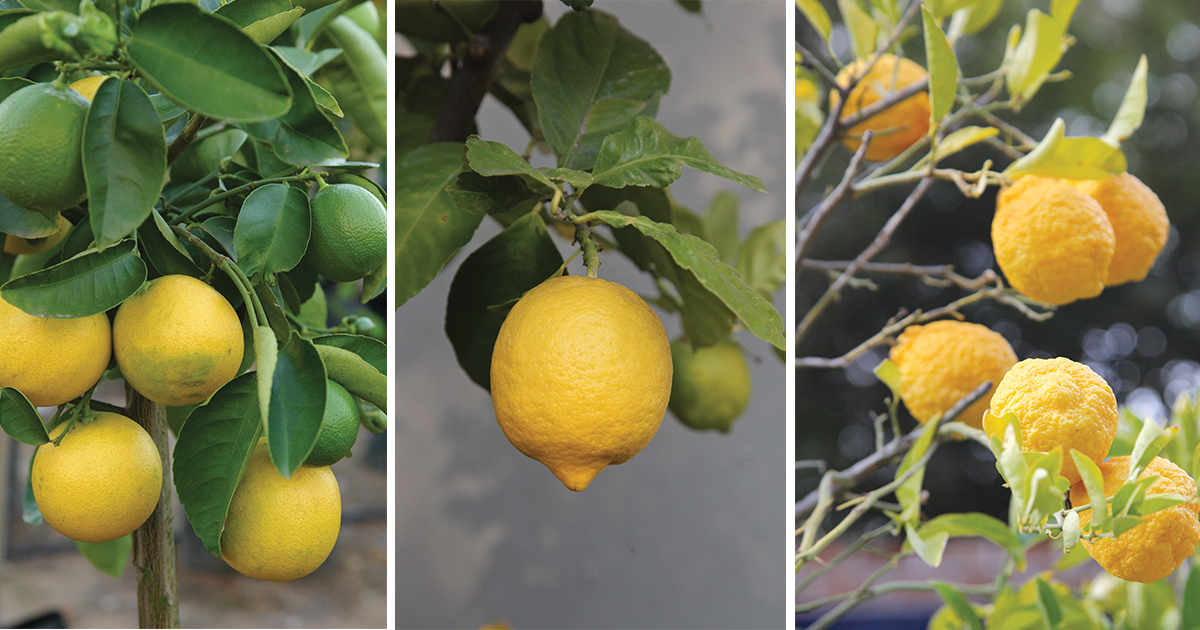
Related article: How to plant a vertical garden
DIFFERENT CULTIVARS
Different lemon cultivars are propagated and grown around the world, and locally there are five or six that are readily available, each with its own value and virtues. Some grow bigger than others, and some are more resistant to cold. Consider these cultivars and ask your local garden centre to order for you if they don’t have stock.
MEYER – Small, compact tree. Small fruit with yellow to orange skin and yellow flesh. Less acidic than other lemons but with plenty of juice.
EUREKA – Vigorous growing, medium to large tree. Smooth yellow skin and greenish flesh with few seeds. High acidity and lots of juice.
GENOA – Medium to large tree. Smooth- skinned fruit with yellow skin when ripe, and yellow to green flesh. Acidic and juicy.
ROUGHSKIN – Large tree with a gnarled look. Fruit with rough skin and odd shapes. Yellow when ripe with pale flesh. Acidic and moderately juicy. This is an old-fashioned variety that’s been cultivated locally for ages and is usually propagated from seed, so it takes far longer to bear fruit.
LISBON – Large tree of great vigour. Medium sized smooth- skinned fruit with yellow skin and pale flesh. High acidity and juice content.
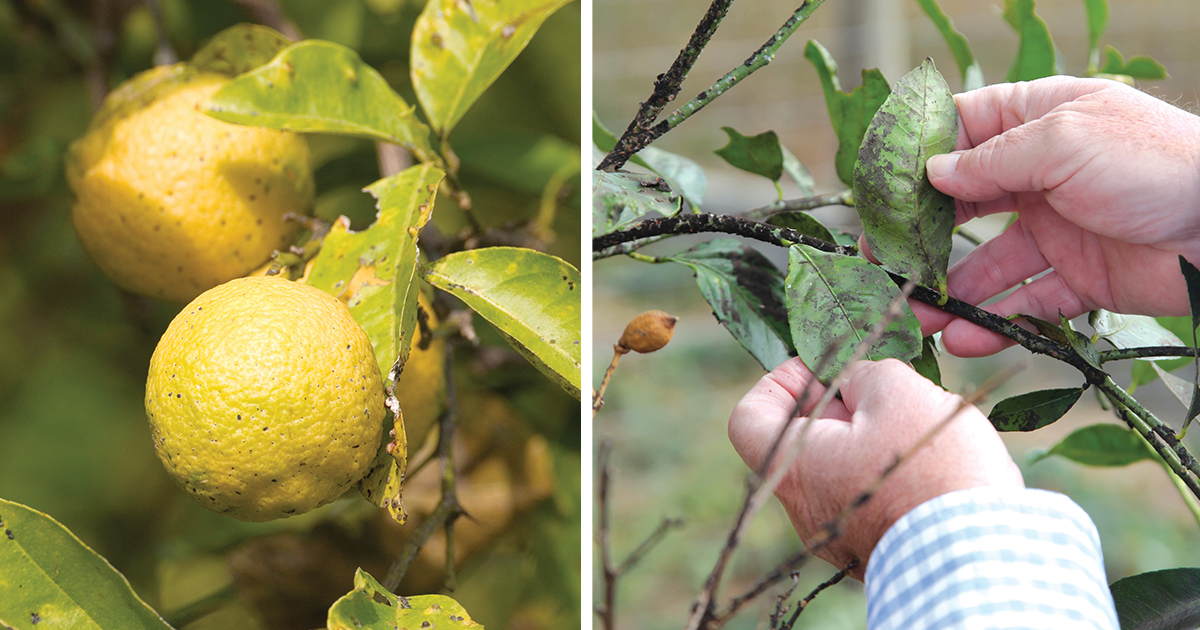
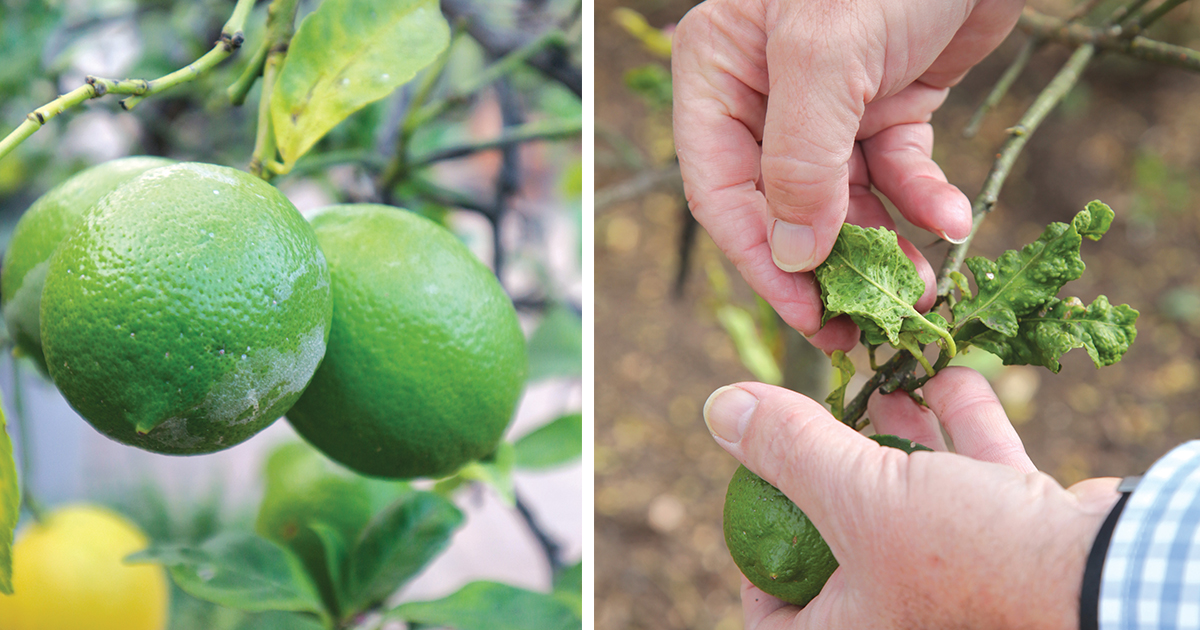
MAINTAINING
Once the tree has been planted, tie it to a strong stake. This prevents wind damage and makes sure that the tree grows straight and upright. Do not tie it too tightly as this can damage the bark. Regularly check that it has enough water, and if you see any rootstock growth below the bud scar on the stem, remove it carefully. Fertilise every six weeks with a balanced plant food such as 3:1:5, and apply a high-nitrogen fertiliser like LAN in summer as a once off.
Be sure to apply the correct amount of fertiliser, and spread evenly around the tree, well away from the stem. Water immediately after application. During prolonged periods of dry weather, do regular water checks and apply water as soon as any signs of wilting appear on the leaves. Be aware of any insect pests or fungal diseases and treat them immediately.
Related article: Keep your garden pest-free, the natural way!
Related articles

Latest Jet club magazine
We’ve got the latest trends, exciting prizes and exclusive savings just for you!
Jet Club will not pass your details to anyone else. By clicking the subscribe button you confirm you have read and agree to the Jet Club Terms and conditions and Jet Club Privacy Statement.
Subscribe

